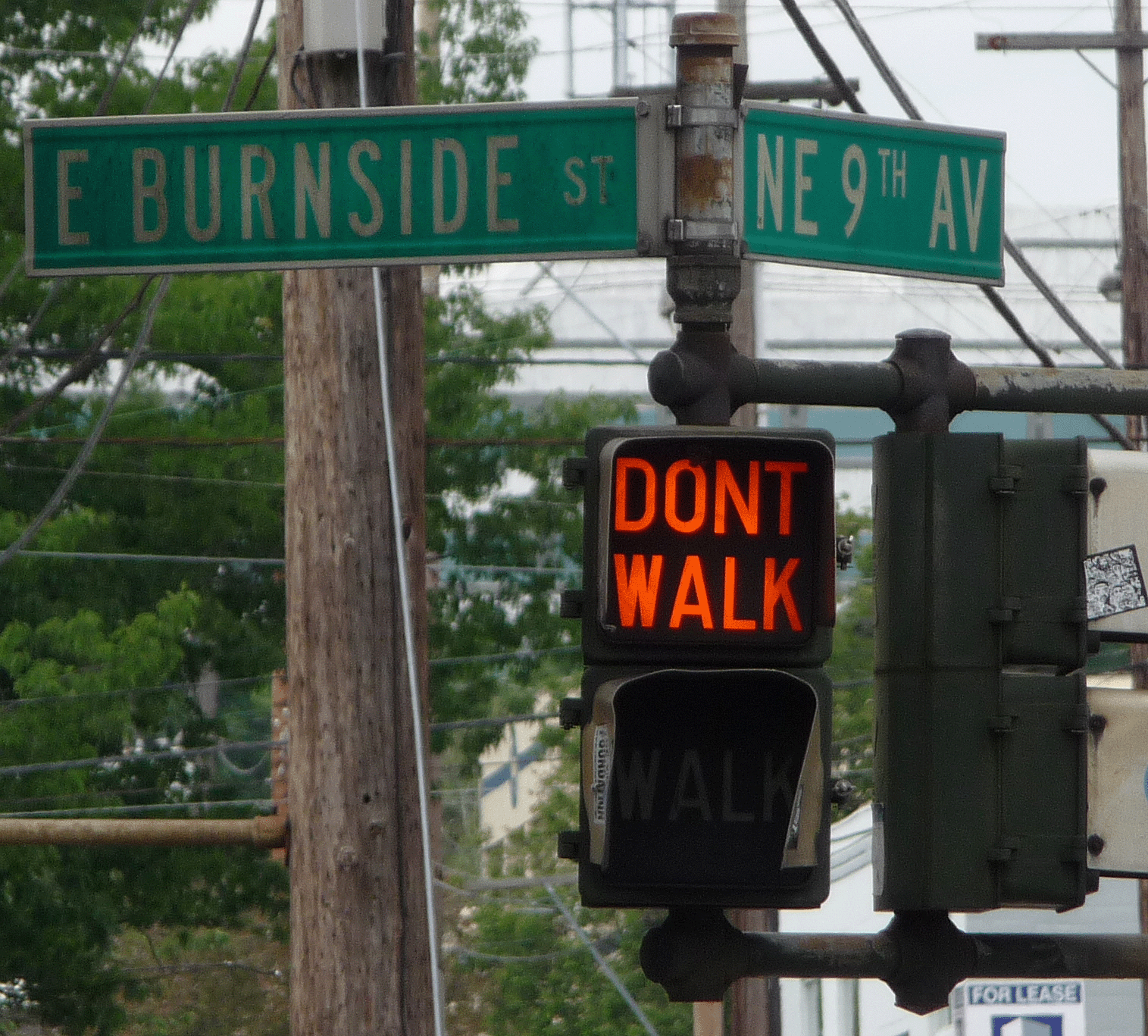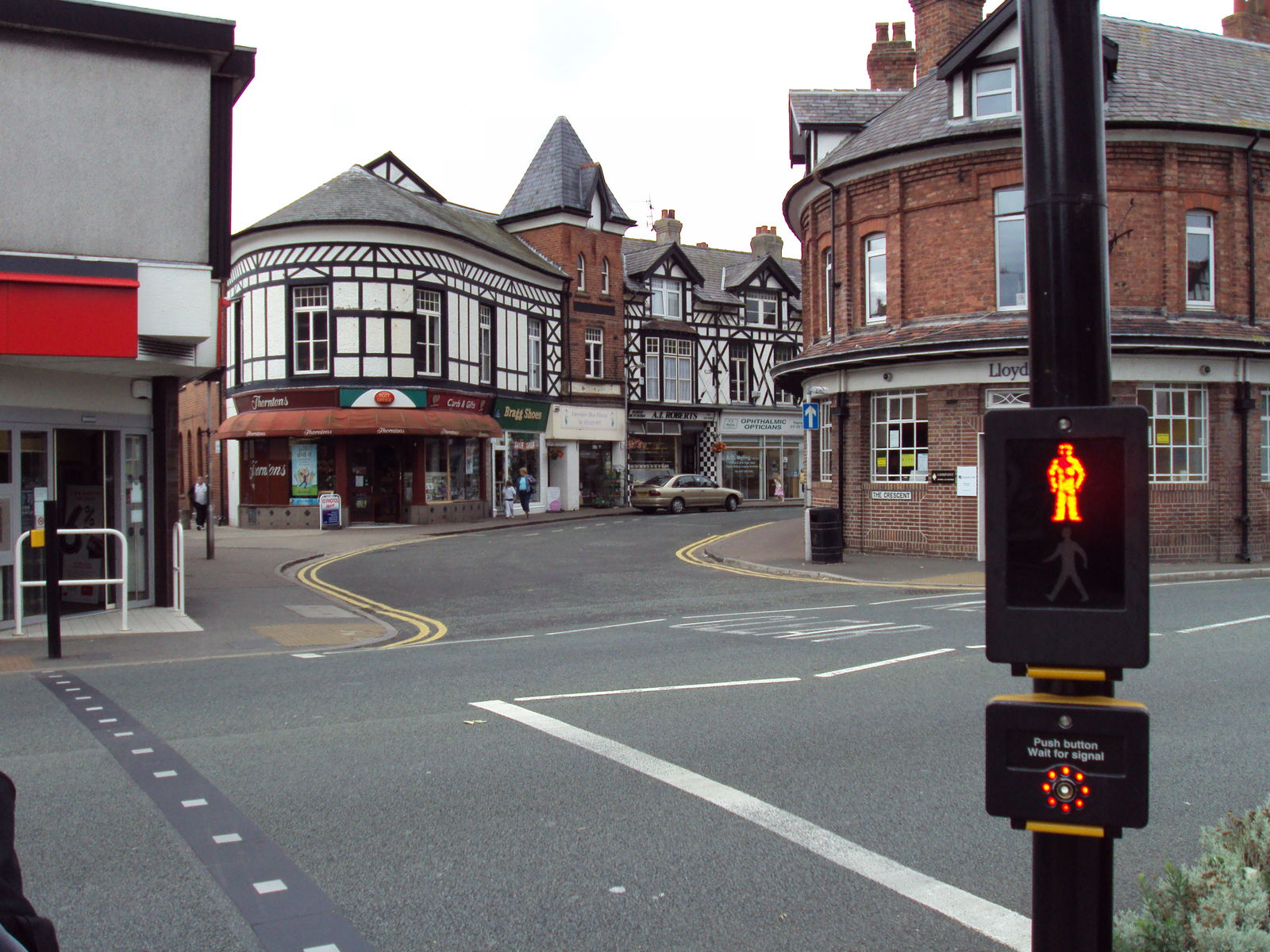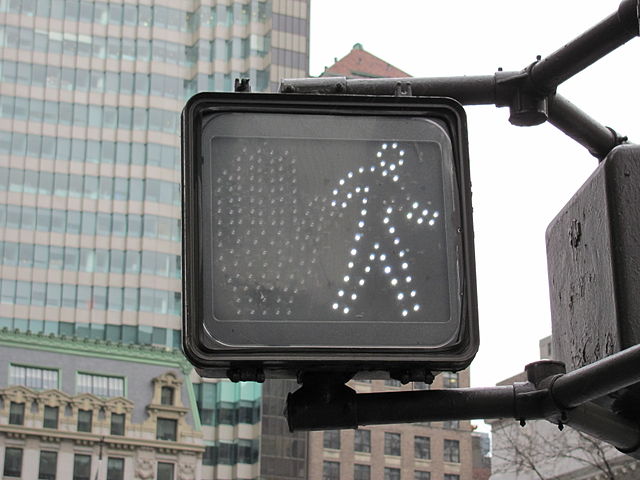If You Press The Pedestrian Crossing Button, You're Probably Wasting Your Time

Any time you approach a junction as a pedestrian, you’ll be faced with a decision: do you press the crossing button, or not? There are those that swear by it, claiming it makes the time you have to wait to cross shorter, and there are those that believe pressing the button has no effect whatsoever.
To you believers, I’m sorry to report that you’re probably wasting your time. Many cities around the world employ the use of ‘placebo buttons,’ which are in place to make pedestrians think that they have control over the junction, when in reality the lights are on an automated sequence that has been optimised by computer algorithms. (Obviously, crossings that are not attached to a junction are operated by the button.)

In the UK, a traffic system knows as Scoot (Split Cycle Offset Optimisation Technique) is used, which relies on a lighting sequence that changes depending on the time of day, and uses traffic sensors to adapt to the amount of traffic coming from each direction. Within that sequence, it makes allowances for pedestrian crossings, so people can cross the road whenever it’s safe to do so. If the lights went red whenever a pedestrian hit the button, it’d screw with the optimised sequence.
So why are the buttons there at all? The simple answer is that they’re a relic from days when traffic was lighter, and pedestrian buttons really did affect lights. As traffic density increased, it quickly became apparent that interrupting the flow of traffic had negative knock on effects. This lead to the introduction of dynamic systems like the aforementioned Scoot, which apparently improve traffic flow by 20 per cent compared to using a fixed sequence.

Where this gets interesting, however, is in the psychological effects the buttons supposedly have on pedestrians. The idea is to give the pedestrian the illusion of control. By placing a button at the junction, the pedestrian is more likely to wait their turn, whereas not having a button in place encourages people to take risks and cross on a red man. I experience this every day walking through London; at the junction by the office I always wait for the green man, however further down the road - where there’s no button - I never wait for the traffic to be given a red light, I dart across at the first gap.
Naturally, depending on where you live, the likelihood that you’re pressing a pointless button is very different. In New York, for example, the NY Times reports that "more than 2500 of the 3250 walk buttons that still exist function essentially as mechanical placebos, city figures show." In Edinburgh, only about 20 per cent of green men are automated, while it’s double that in Manchester.

Unfortunately it’s impossible to know exactly when you’re having an effect and when you’re not. There are junctions in London that will skip the pedestrian phase altogether if no pedestrians press the button. So while the psychological manipulation that stops you running out in front of a bus are probably quite useful, there’s always that frustrating knowledge that you should probably press the button anyway… just in case.


Comments